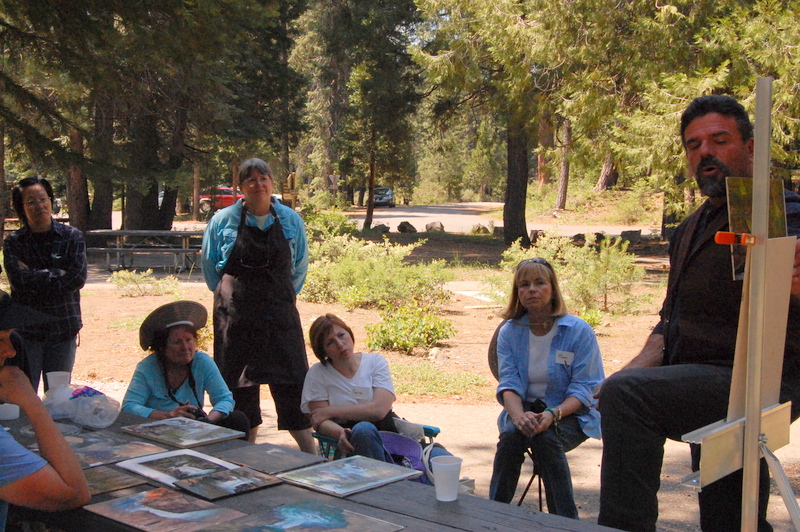Syllabus
Day One: Friday 7:00 am
I. Visualizing: Seeing Is Believing: Starting with a Concept
We will discuss why most paintings fail within the first ten minutes of starting the painting. Artists seldom take time to develop a concept before they begin. I also present strategies that artists need to follow to create a good painting on location. Further discussion focuses on how painting is a creation of how you see, not what you see.
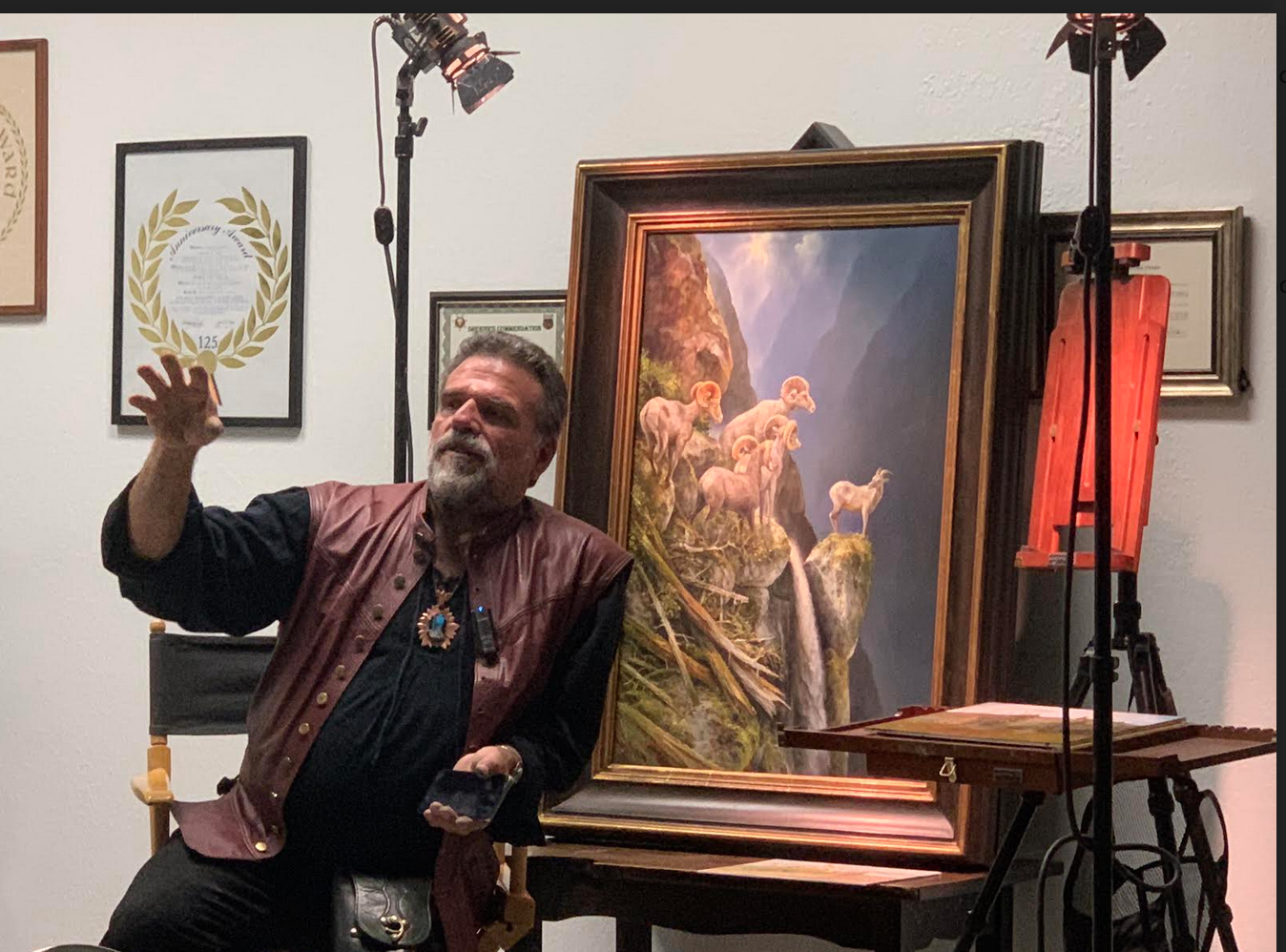
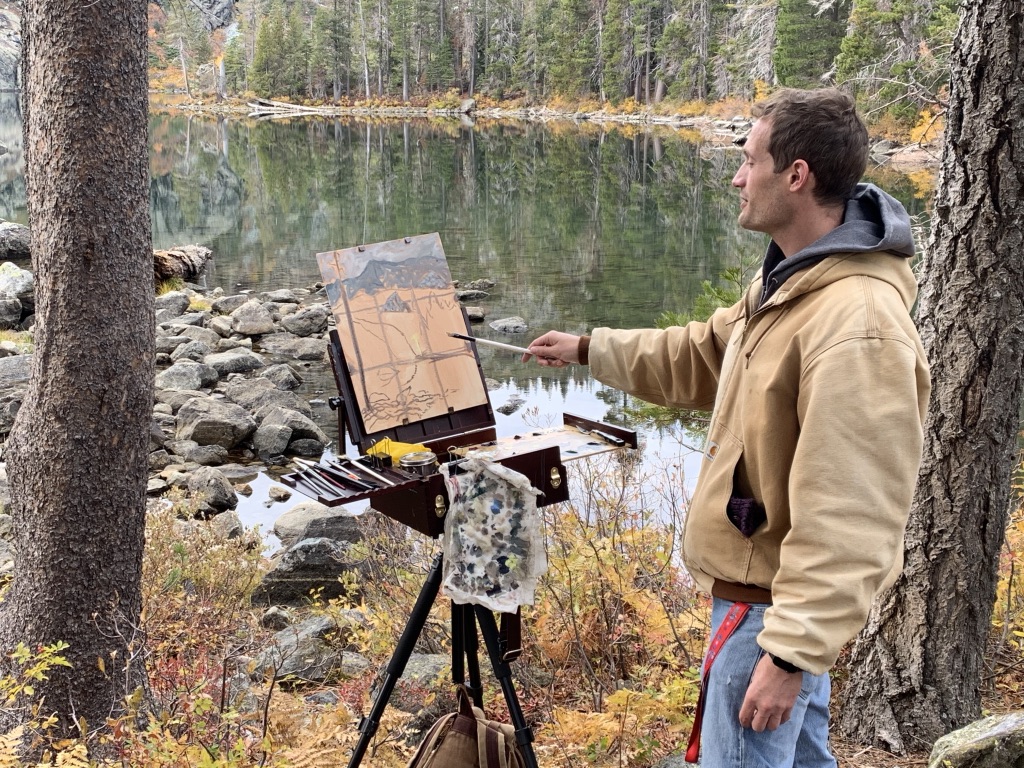
II. Sketching and Composition
Throughout history, great art was produced using proven systems that were based on theories developed as early as the Greeks and Romans. Later, artists in the Renaissance rediscovered these principles, and this changed the way art has been created for fourteen hundred years. Students will be introduced to the principles of composition. Participants will be asked to make sketches of their compositions on location as an opportunity to practice these principles with their own work.
III. Mechanics of What Our Eyes See
Participants will explore how the eyes see objects in real life. Since we see differently than a camera, students will learn what helps to recreate realistic impressions of life.
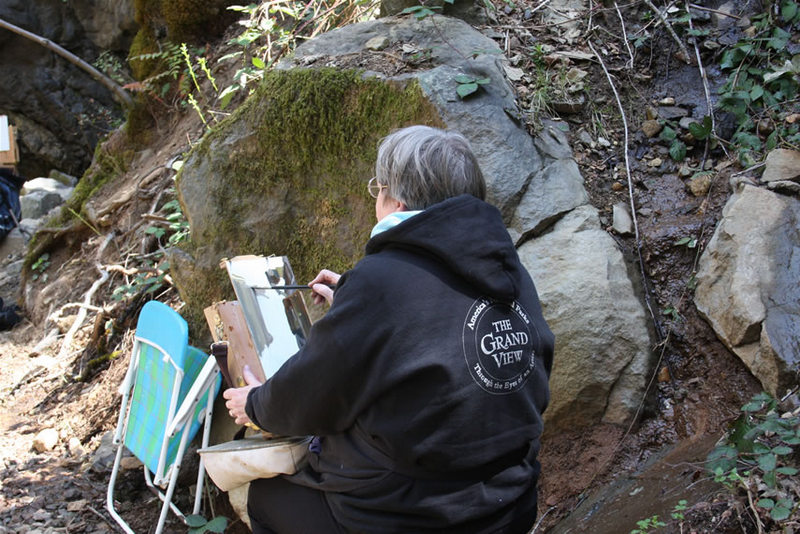
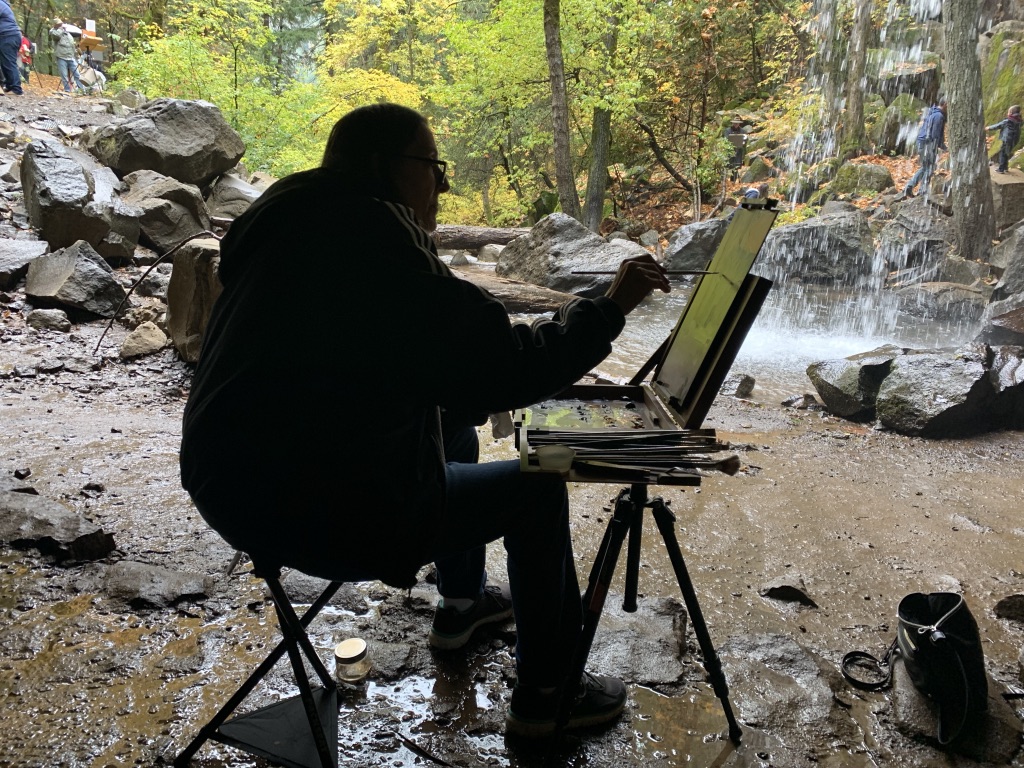
IV. Color: The Art of “Less” — Limited Palette
Most students have difficulties mixing color; others do well but feel that it is a trial and error process and they hope for many happy accidents. In this discussion about mixing colors, participants will be introduced to the concept of a limited palette that allows artists to work with three colors plus white. Students will learn what they need to know about mixing color for their paintings. We also will talk about the value and temperature of color, and how they can work together dynamically in a painting.
V. Chunking-In and Values: Structure and Abstract
In this segment, students will learn how to lay out a foundation in a simple abstract manner. Students will start implementing the concepts of good composition, color, and value, and are encouraged to chunk-in their preliminary painting using visualization as a means to an end.
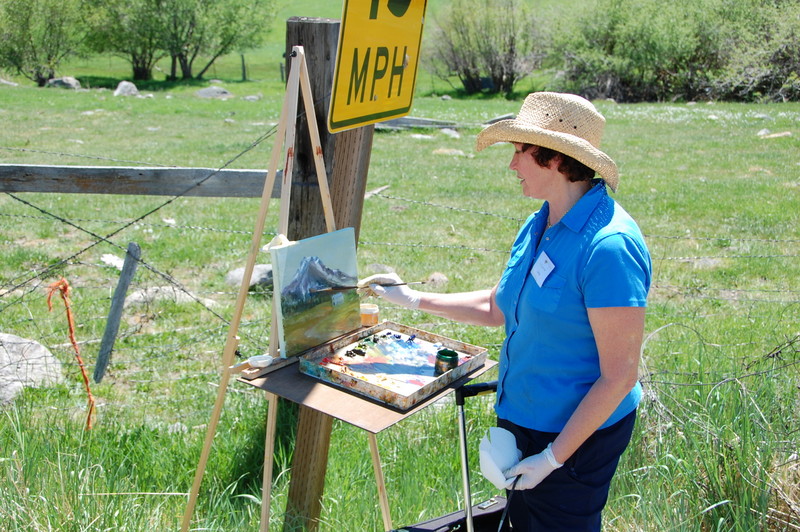
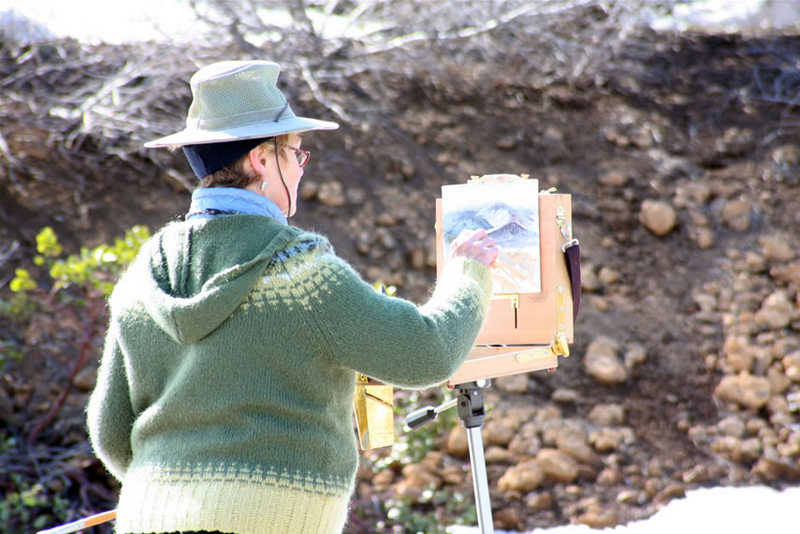
VI. Application: The Art of Painting
We will discuss the application of paint. Students will see how to create luminous effects with dark values right from the start of a painting and how to create the effect of light with the application of paint. Students will learn this process by “Painting Thin to Thick,” focusing on the “Meeting of Edges,” and the “Central Focal Point.”
Day Two: Saturday
I. Problem Solving: Working it out
Students will experience that drawing is very important to capture the essence of a landmark. We will also look at “Light and Dark relationships” to create shapes and “Proportions” to capture scale.
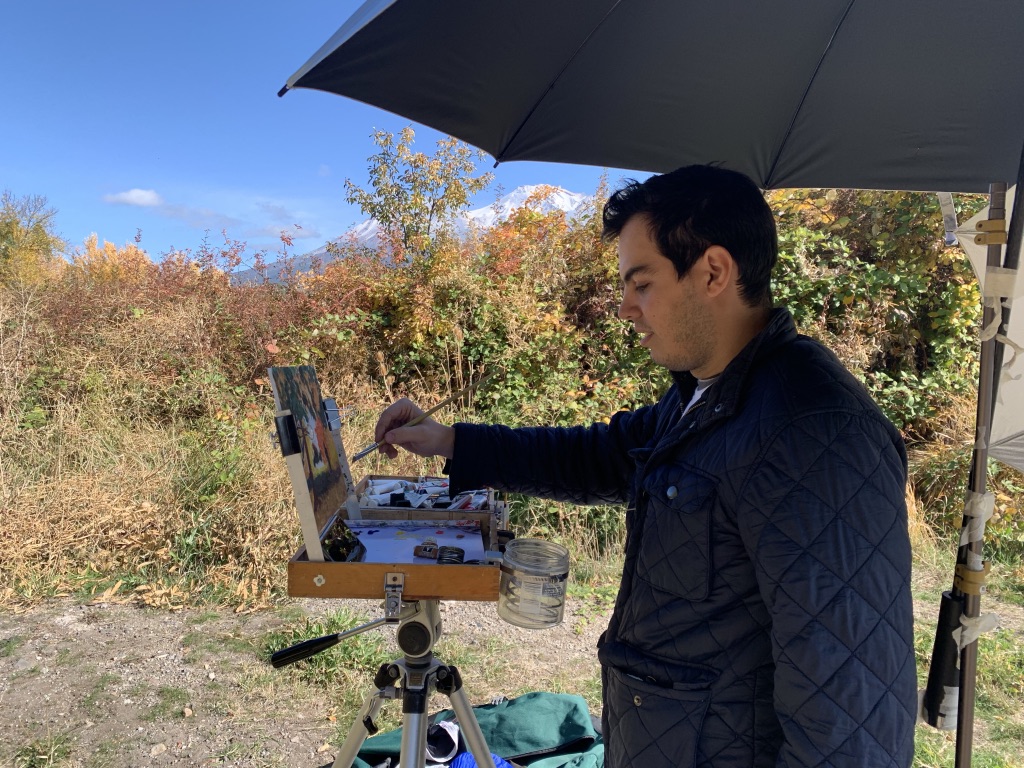
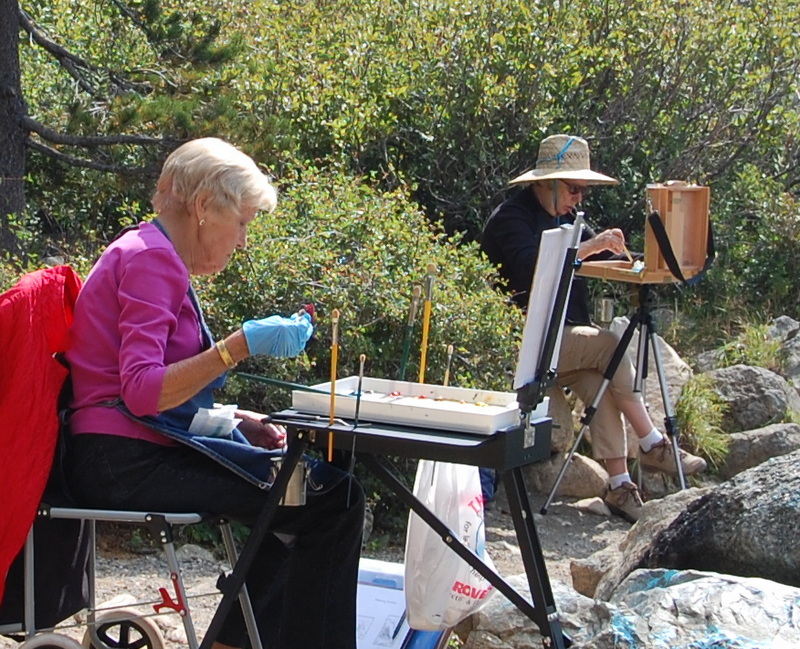
II. Alla Prima: The Act of Painting
What is Alla Prima painting and how is it done? We will explore how this style of painting can work for you. Qualities of “Paint Application” are also included in this discussion.
III. Sense of place: The Feeling of the Location
Most paintings replicate the visual effect of an object that is in front of us. A good painting allows the viewer to understand the artist’s interpretation and response to what he sees as he paints. Students will become aware of the “Effect of Light”, and how light influences the viewer.
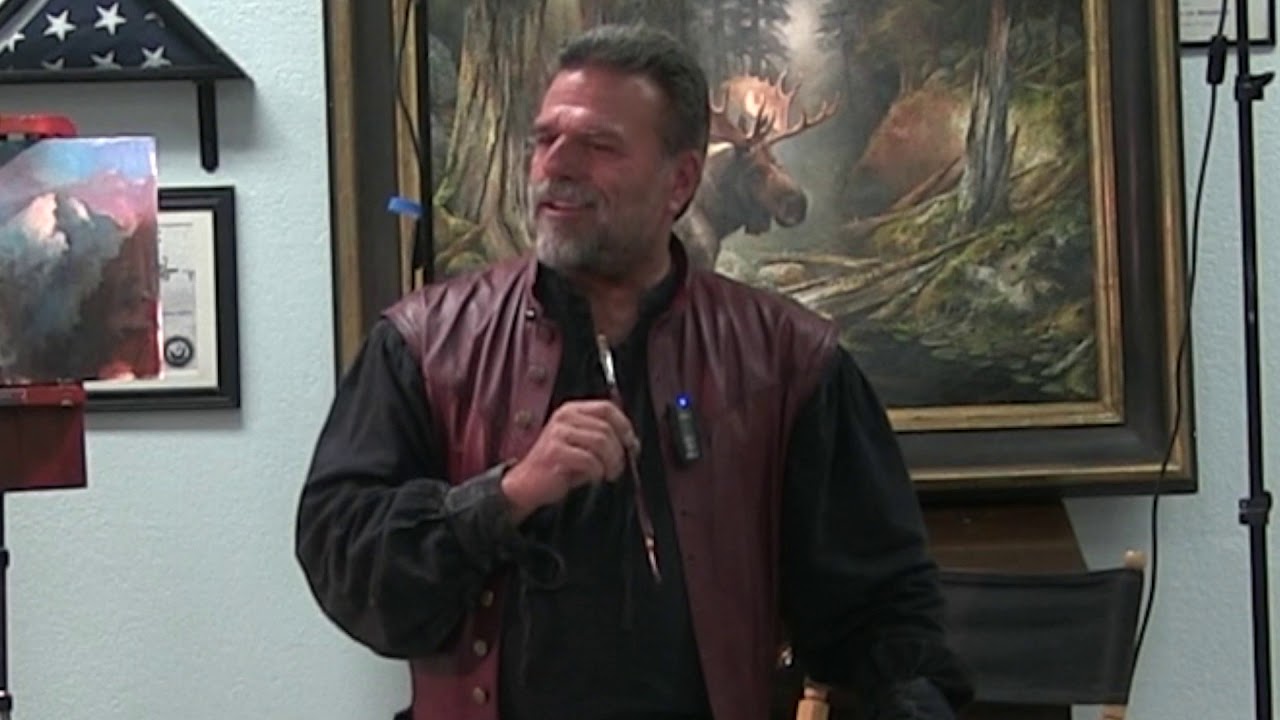
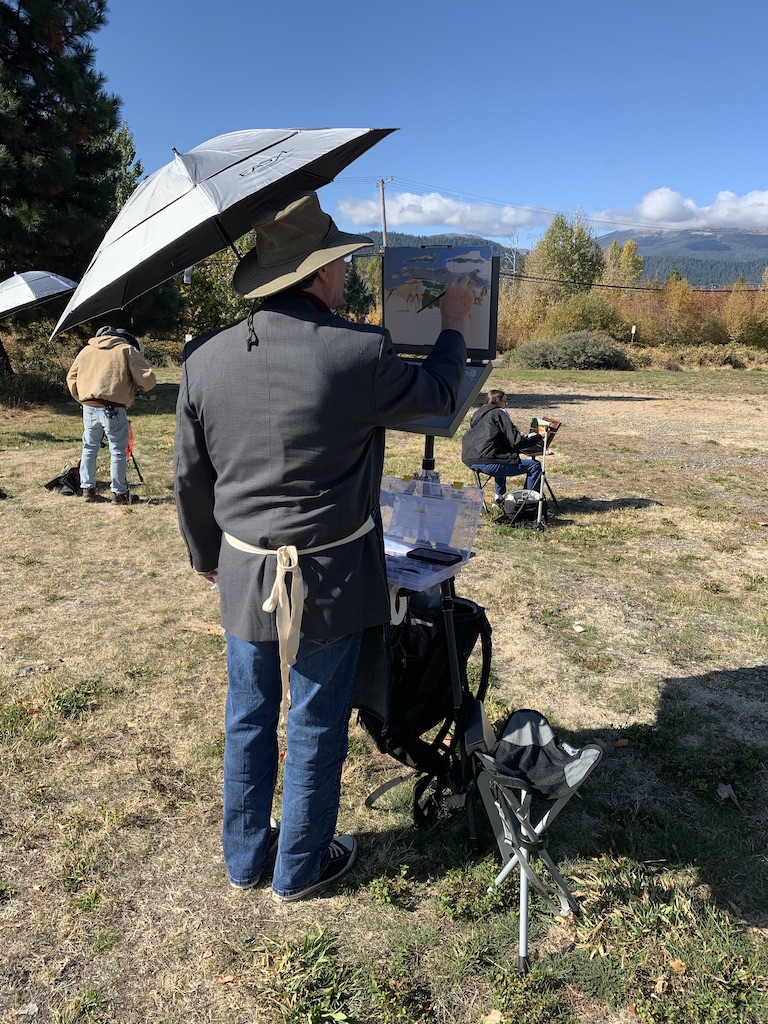
IV. Sense of Self: What and How You See
What we see is only part of what we want to paint. Creating art is different
from just rendering an image on a canvas. One of the most reoccurring
questions that artists ask is, “What is my style?” Your observations, insights,
and how you think determine your artistic style, and this is what the world is
waiting to see. We will identify the artistic “you,” and your artistic style in this
important conversation.
V. What is Art?
Participants will discuss their views of what art is, and why it is important that we do this thing called “Art.” Understanding this concept is important so that students comprehend the wonderful power they have being an artist. Whatever the creative activity – music, cooking, or painting, this theory applies to everything that we do in our life.
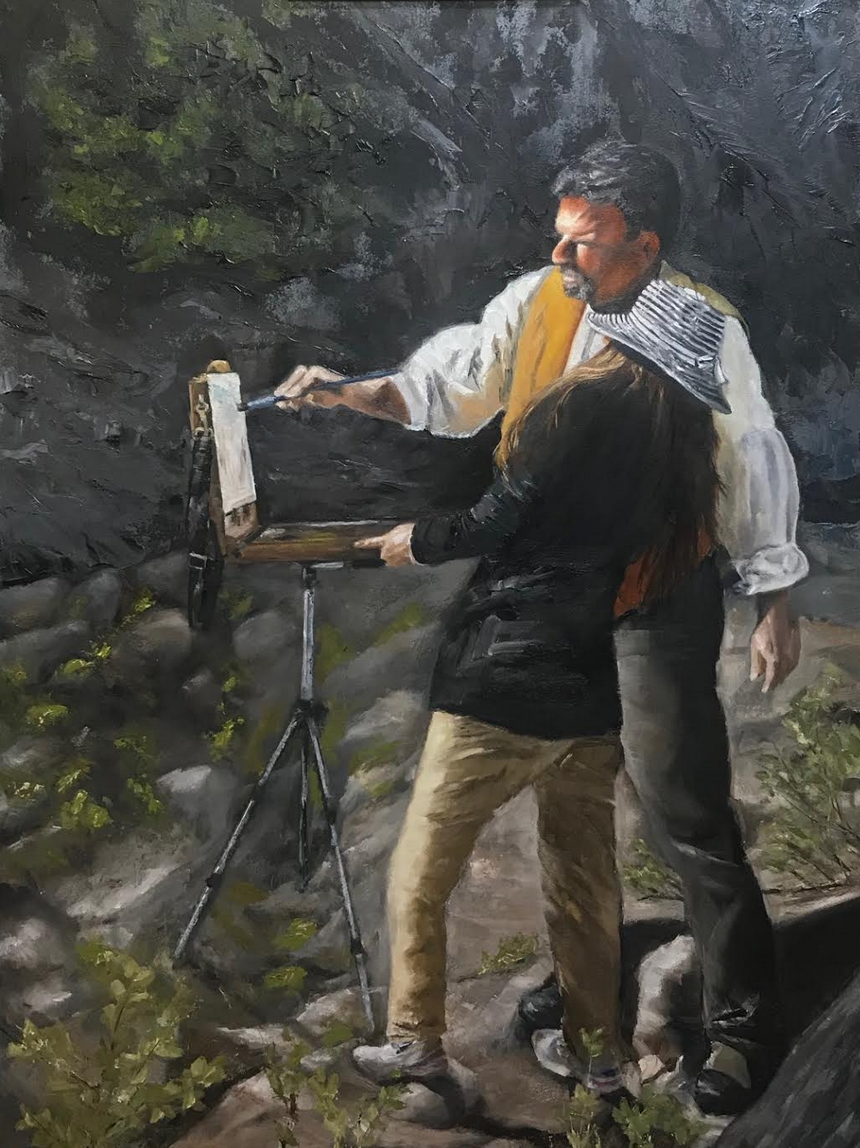
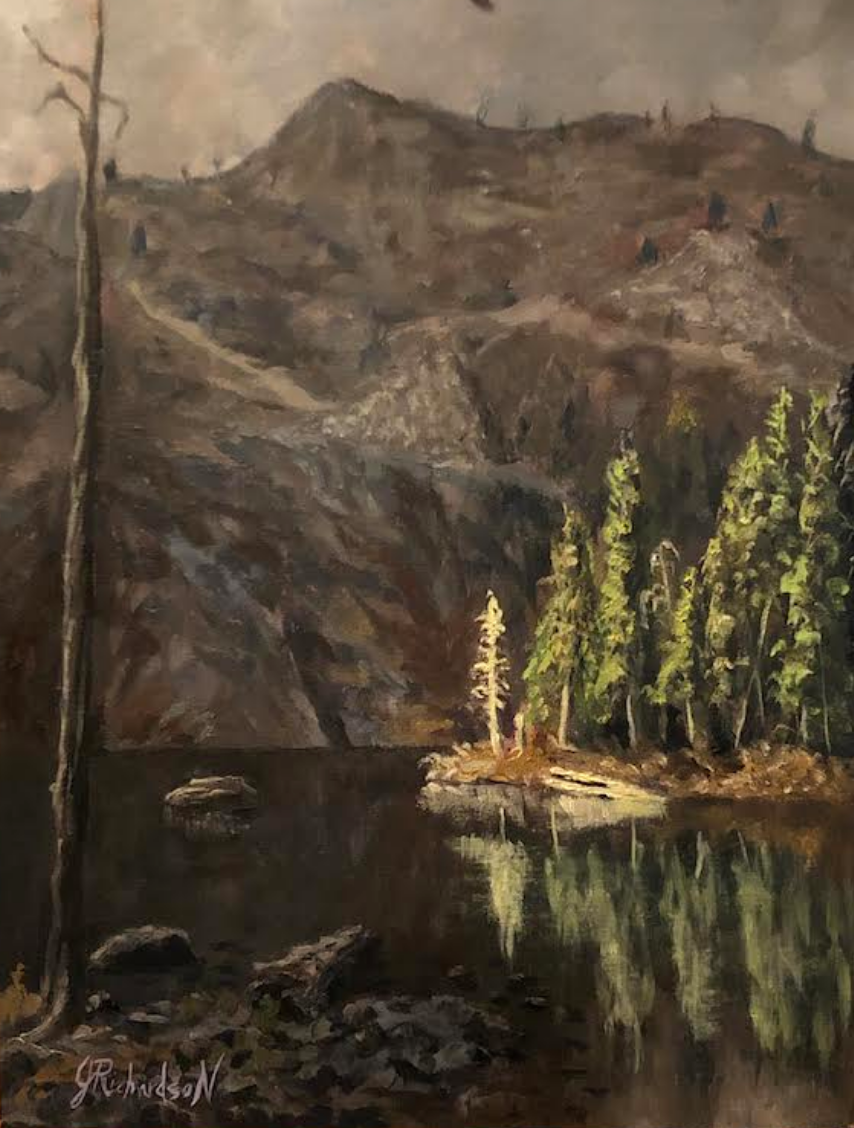
Day Three: Sunday
I. Putting It All Together
In this last three-hour session, participants will share the new possibilities they have experienced for themselves with each other. Key discussions and critical insights will be revisited, deepening understanding of the concepts presented over the weekend, and how they can apply to our art.
II. Dealing Powerfully with Breakdowns
As we conclude the workshop, we will explore handling breakdowns
effectively. Breakdowns are thoughts and feelings that stop us from painting
successfully. We view what we create as something important, but the reality
is far different. What we do is not who we are. In this session, we will focus
on insights that can help repair breakdowns, and strategies that can help
artists paint through their times of discouragement and frustration, to achieve
success in their work when painting on location or back in their studio.
